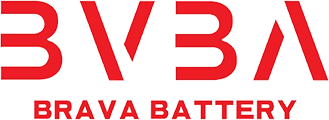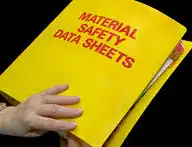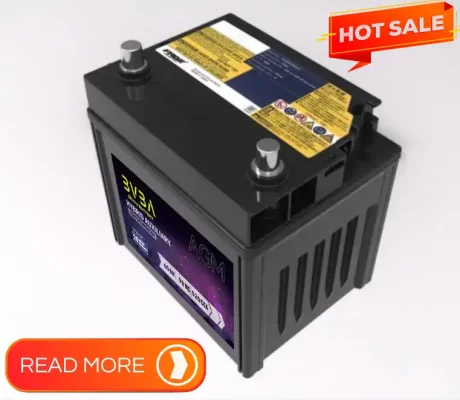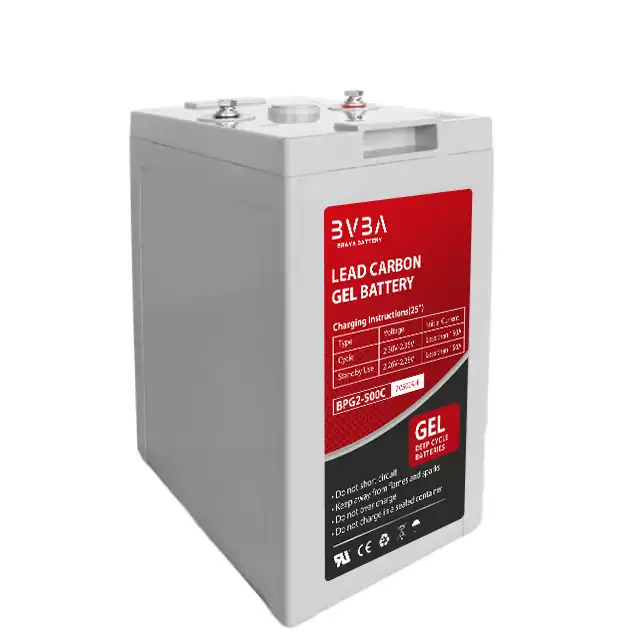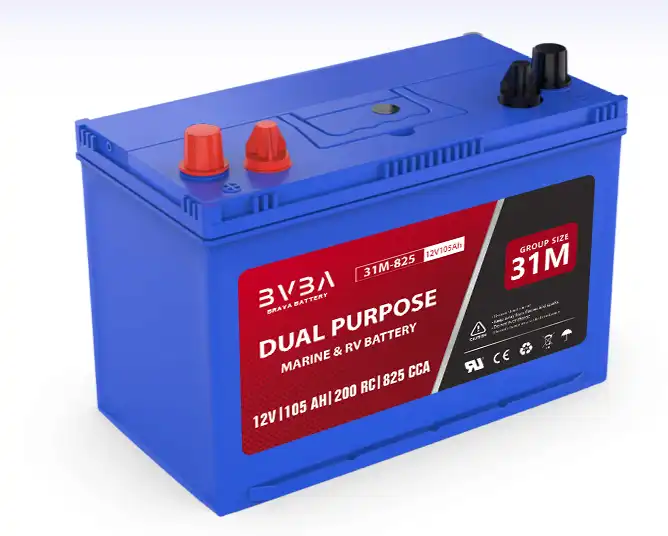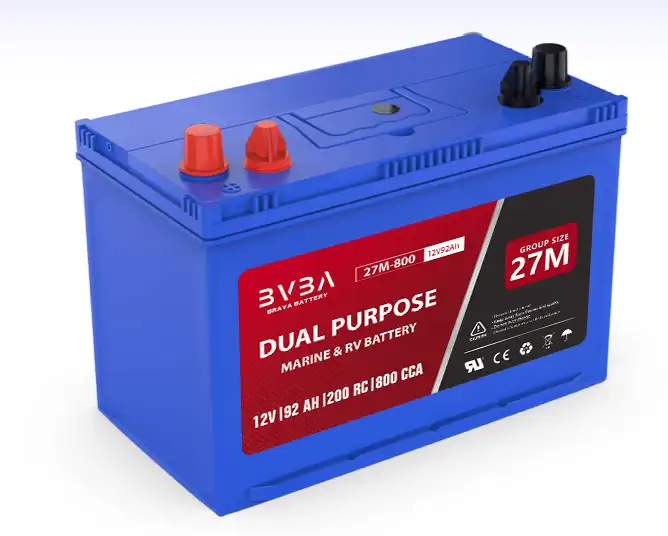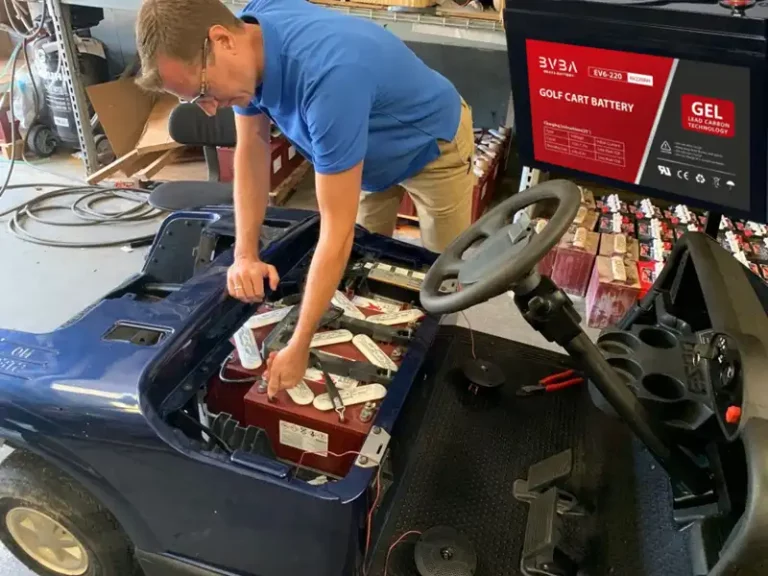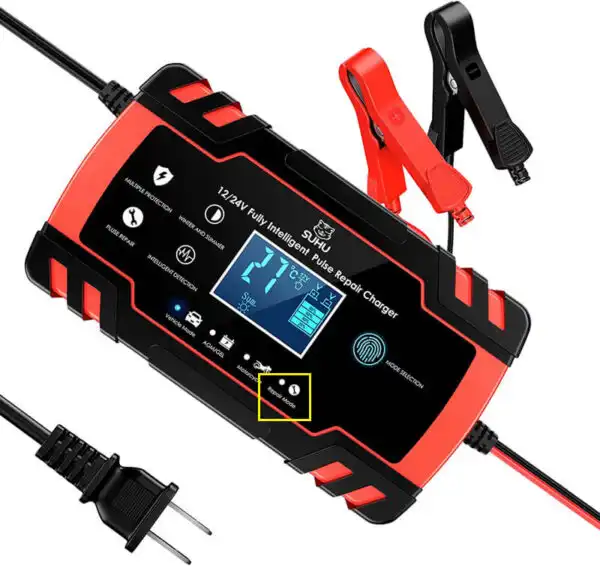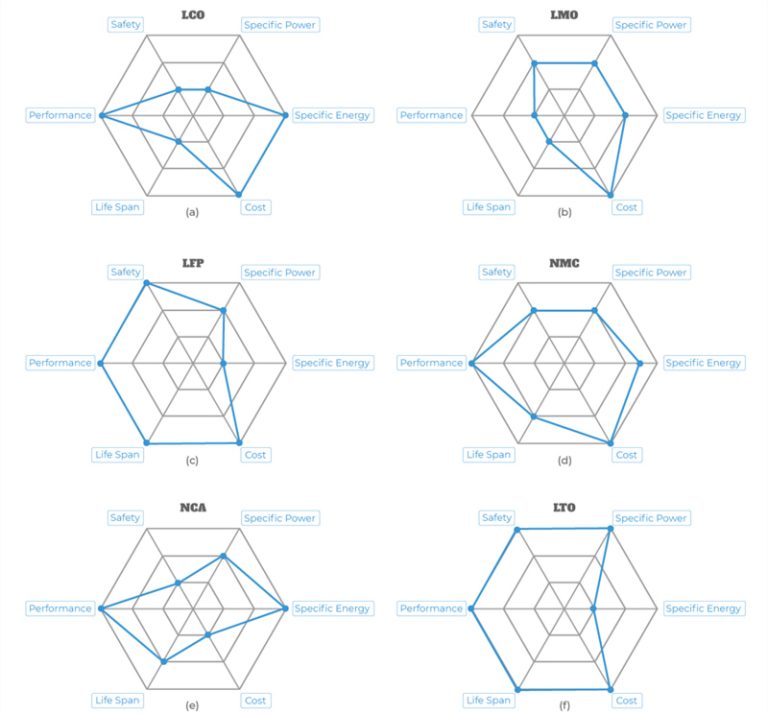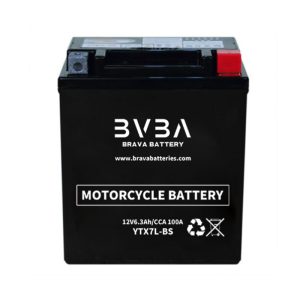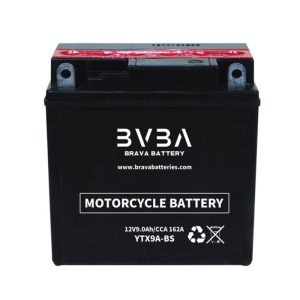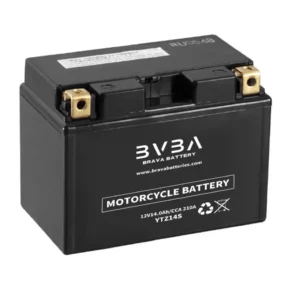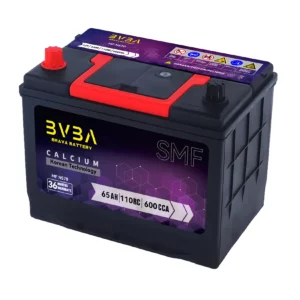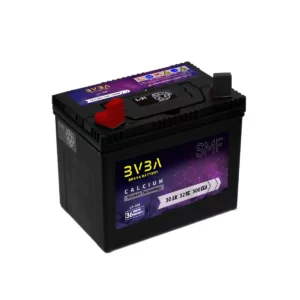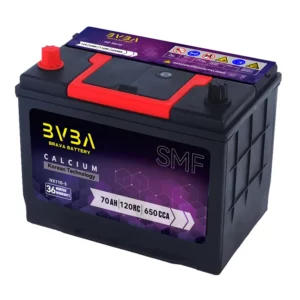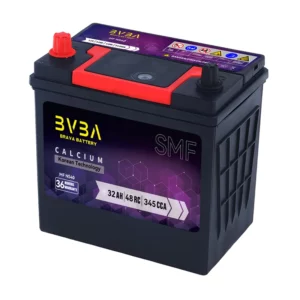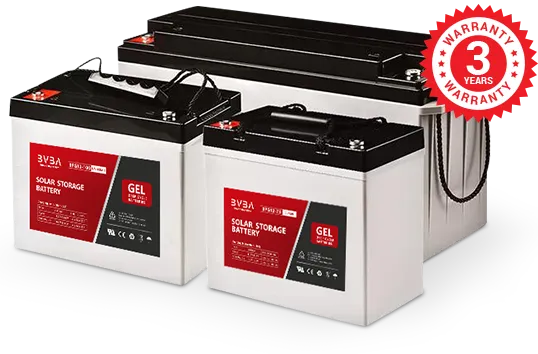What is a Material Safety Data Sheet (MSDS)?
A Material Safety Data Sheet (MSDS) is a document that contains information on the potential hazards (health, fire, reactivity and environmental) and how to work safely with the chemical product. It is an essential starting point for the development of a complete health and safety program. It also contains information on the use, storage, handling and emergency procedures all related to the hazards of the material. The MSDS contains much more information about the material than the label. MSDSs are prepared by the supplier or manufacturer of the material. It is intended to tell what the hazards of the product are, how to use the product safely, what to expect if the recommendations are not followed, what to do if accidents occur, how to recognize symptoms of overexposure, and what to do if such incidents occur.
- health effects of exposure to the product
- hazard evaluation related to the product’s handling, storage or use
- measure to protect workers at risk of exposure
- emergency procedures.
Do I need an MSDS?
In Canada, every material that is controlled by WHMIS (Workplace Hazardous Materials Information System) must have an accompanying MSDS that is specific to each individual product or material (both the product name and supplier on the MSDS must match the material in use).
What information is on the MSDS?
There are nine (9) categories of information that must be present on an MSDS in Canada. These categories are specified in the Controlled Products Regulations and include:
- Product Information: product identifier (name), manufacturer and suppliers names, addresses, and emergency phone numbers
- Hazardous Ingredients
- Physical Data
- Fire or Explosion Hazard Data
- Reactivity Data: information on the chemical instability of a product and the substances it may react with
- Toxicological Properties: health effects
- Preventive Measures
- First Aid Measures
- Preparation Information: who is responsible for preparation and date of preparation of MSDS
The Controlled Products Regulations prescribes what information must be present in more detail.
Are MSDSs using the 16-heading format acceptable in Canada?
Yes, as long as two conditions are met. First, all the required information specified under Column III of Schedule I of the Controlled Products Regulations (CPR) must be addressed. All headings and subheadings that are on the MSDS must be addressed by providing the required information or by stating that the information is not available or not applicable, whichever is appropriate.
Second, the statement “This product has been classified in accordance with the hazard criteria of the CPR and the MSDS contains all of the information required by the CPR” must appear under the section heading “Regulatory Information”.
Why is my MSDS so hard to understand?
Traditionally the intended readers of MSDSs were occupational hygienists and safety professionals. Now the audience also includes employers, workers, supervisors, nurses, doctors, emergency responders and workers. To ensure that MSDS users can quickly find the information that they need, the information should be in an easy-to-read format and written in a clear, precise and understandable manner.
For most people who work with controlled products, there are some sections that are more important than others. You should always read the name of the chemical, know the hazards, understand safe handling and storage instructions, as well as understand what to do in an emergency.
Is all the information I need on the MSDS?
Not necessarily. A lot of health hazard information, for example, is written in general terms. Your health and safety specialist, occupational health nurse or family doctor should be able to help you find more information if needed.
When would I use an MSDS?
Always be familiar with the hazards of a product BEFORE you start using it. You should look at a MSDS, match the name of the chemical on your container to the one on the MSDS, know the hazards, understand safe handling and storage instructions, as well as understand what to do in an emergency.
Why do some MSDSs look different?
MSDSs look different because only certain content of the MSDS is specified by law. The format is left up to the manufacturer or supplier who writes the MSDS. Some manufacturers/suppliers put more details in than what is required. However, the information for the nine basic categories must always be in a Canadian MSDS for a controlled product.
Can an MSDS be too old?
Yes. Under WHMIS law, an MSDS for a controlled product must not be more than three years old. If you are still using a product that you bought more than three years ago, you may not have a current MSDS. Contact the manufacturer or supplier again and ask for a newer version of the MSDS.
The three-year time limit does not apply to MSDSs for non-controlled products (i.e. products that do not meet WHMIS criteria).
How often should an MSDS be updated?
If new, significant information becomes available before the three years has elapsed, the supplier is required to update the product label and MSDS.
If there is no new information on the ingredients by the end of the three-year period, the supplier should review the MSDS and the label for accuracy, revise it where necessary, and revise the preparation date on the MSDS.
As an employer, do I have responsibilities for MSDSs?
Yes. Employers must make sure that all controlled products have an up-to-date (less than three years old) MSDS when it enters the workplace. The MSDSs must be readily available to the workers who are exposed to the controlled product and to the health and safety committee or representative. If a controlled product is made in the workplace, the employer has a duty to prepare an MSDS for any of these products.
Employers may computerize the MSDS information as long as all employees have access to and are trained on how to use the computer, the computers are kept in working order, and that the employer makes a hard copy of the MSDS available to the employee or safety and health committee/representative upon request.
MSDS for Lithium battery
The lithium battery covered in this Data Sheet is hermetically sealed in an aluminum alloy or metal case and not hazardous if used as recommended by the manufacturer. Under a normal condition of use, the electrode materials and electrolyte contained in a cell/battery are non-reactive provided the battery integrity is maintained. Risk of exposure exists only in case of mechanical, electrical or thermal abuse.
Warning:
The cells/batteries should not be short circuited, punctured, incinerated, crushed, immersed in water, over-discharged, or exposed to a temperatures above the declared operation temperature range of the cell or battery. Risk of fire or explosion may occur in the above condition of abuse.
